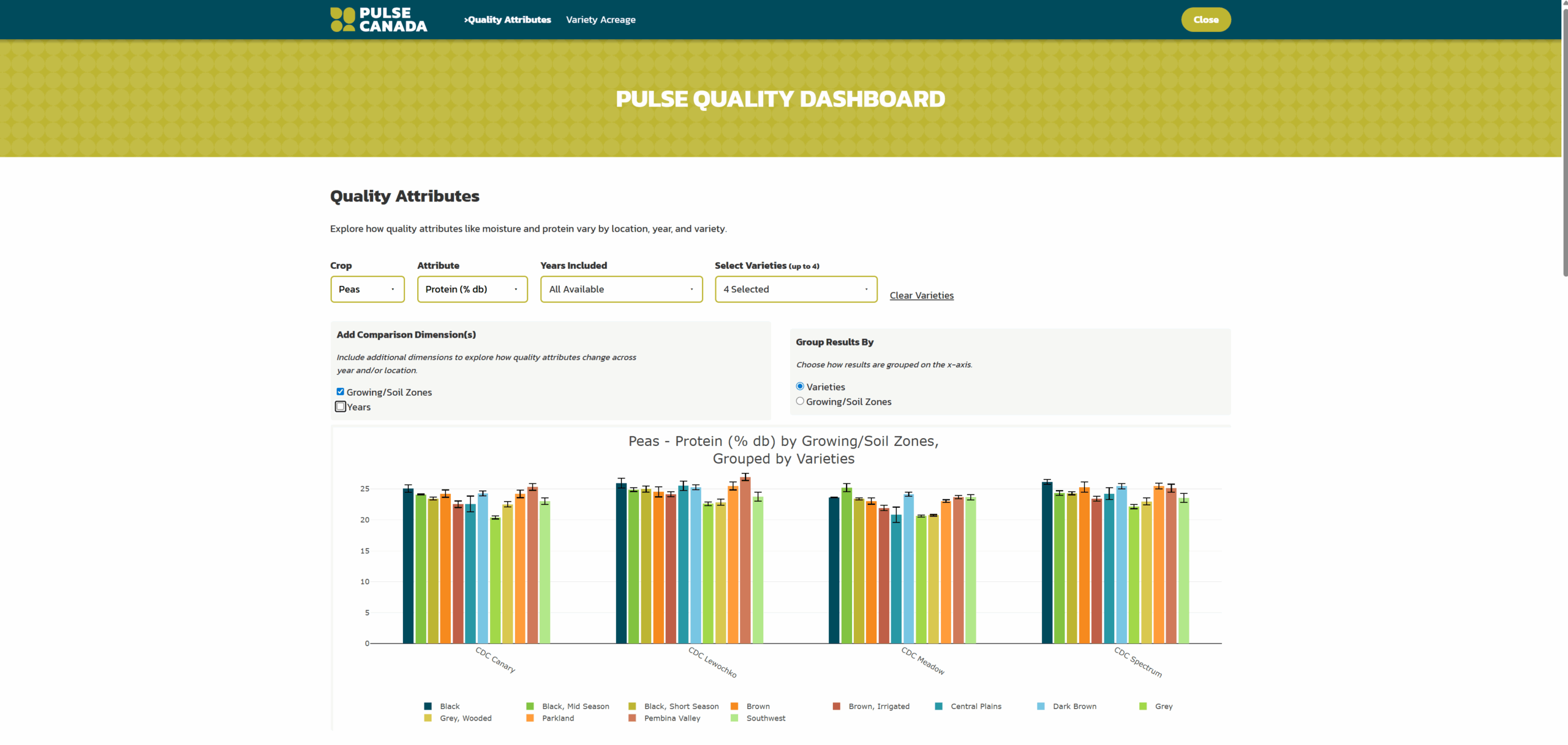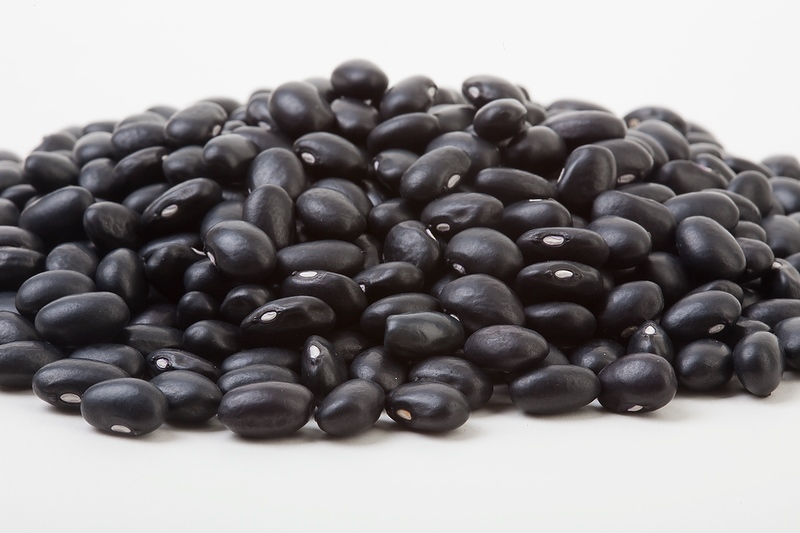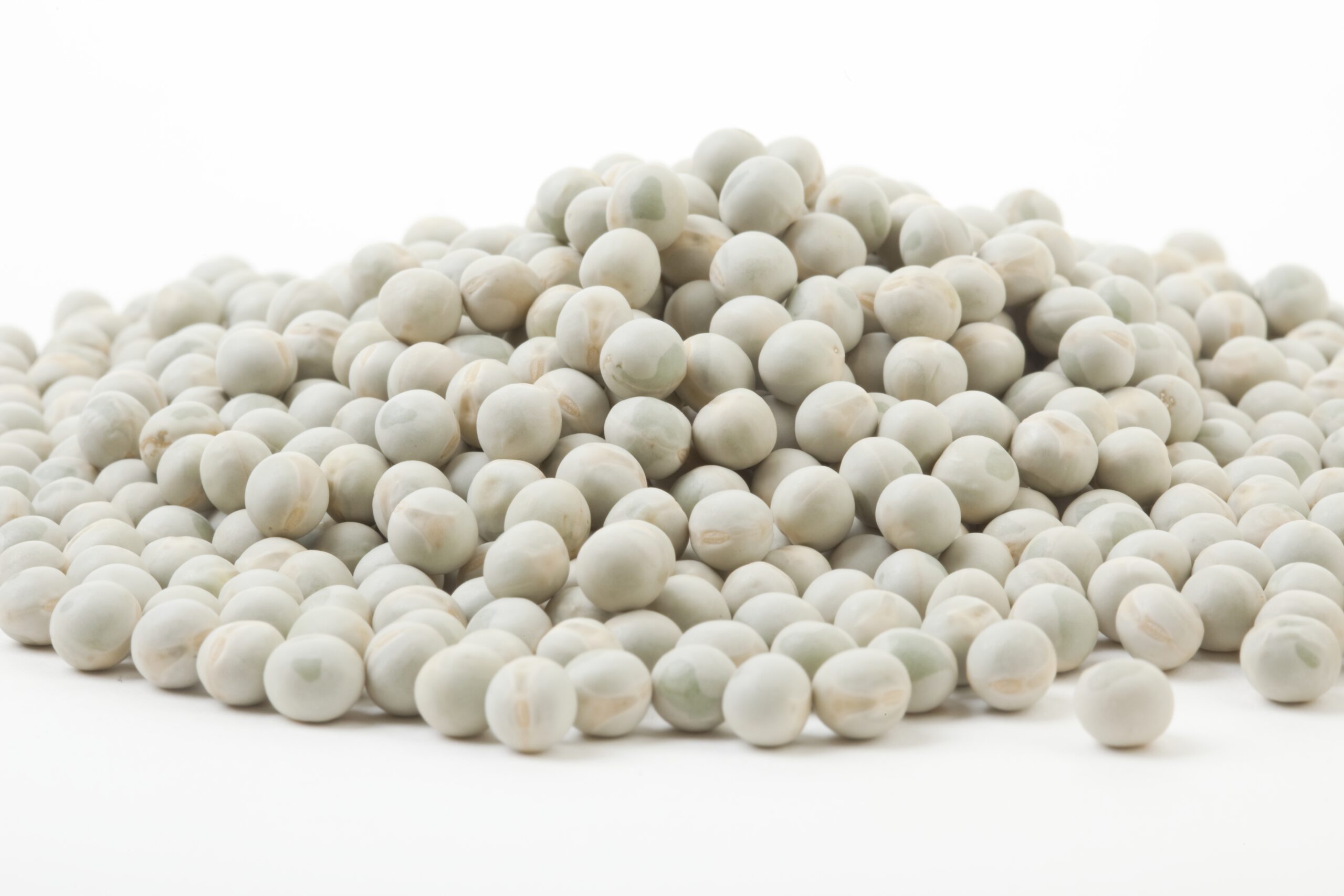Principal Investigator: Dr. Oon-Doo Baik
Institution: University of Saskatchewan, Saskatoon, Sask.
Prepared by: Nate Ort, M.Sc.
This project, led by Dr. Oon-Doo Baik at the University of Saskatchewan, investigated and developed three vertical tubular-type applicators for radio frequency (RF) heating of pulse crops for removal of non-nutritive bioactive compounds.
Pulse crops contain non-nutritive bioactive compounds known as antinutritional factors (ANF) and degradation compounds which may contribute to negative flavours (NF), which affect their attractiveness to consumers and limit the expansion of processed pulse products and ingredients. Some of these compounds, however, are heat labile and can be reduced or removed by RF heating, an innovative technique that relies on dielectric heating principle. This project strives to understand RF heating characteristics in pulses using different applicators in the RF heating systems to ensure uniform heating, as well as optimal equipment development and installation for ANF and NF removal.
The researchers began with using a pilot-scale 50-ohm RF heating system to determine the temperature distribution of a homogeneous test solution at a RF power of 6 kW. Temperatures at different locations inside the applicator cavity were recorded to study the characteristics of the heating rate. Three different planes were considered to study the symmetry of the temperature distribution: two planes closer to the edges of the electrodes and one in the geometric center of the applicator. The results from this step will be used to study the heating characteristics of the pulse samples. This initiative is ongoing.
Unlike other heating techniques, RF heating is volumetric. So, during RF heating, it is expected that moisture in the seed samples will escape leading to the development of micro channels and air voids. Studying the characteristics of microchannel development and air voids during RF heating using the non-destructive Biomedical Imaging and Therapy Facility beamline at the Canadian Light Source and developing three-dimensional (3-D) images will provide valuable data to explain different composite and structural changes in pulses during RF heating. These investigations and techniques are currently being explored for the pulse samples in this study.
Three-dimensional computer simulation of the RF heating process with commercially available software reflecting the involved transport phenomenon is an important step for designing a RF heating system with optimum performance. For the investigator’s simulation, mathematical modelling has been completed based on mass and energy balances during RF heating.
As a first step, the researchers studied the effect of temperature and moisture content on the thermal properties of lentils and chickpeas and developed models to predict the thermal behavior of pulses during future RF heating. Variations were noted in the measured parameters (thermal conductivity, thermal diffusivity, and specific heat) compared to component based mechanistic models. The variation was attributed to several factors including environmental factors, growth location, planting year, seed shape, seed size, void fraction, etc. Results showed that specific heat increased with increasing temperature and moisture content; and thermal conductivity increased while thermal diffusivity decreased as moisture content increased.
Preliminary results from heated pulse samples showed that the amount of some ANFs and NFs were either reduced or completely removed. For instance, RF heating caused significant reduction in trypsin inhibitor activity (an ANF) in lentil and chickpea. Lipoxygenase activity (the enzyme which causes development of negative flavours) was significantly reduced in lentil and chickpea at 3kW/115 °C. However, there was minimal effect on phytic acid content or on oligosaccharide content. There was no significant change in colour after RF heating of the pulses.
Although this study is ongoing, the initial findings have shown that RF heating has great potential for reducing or completely removing some of the most common ANFs and NFs in pulses.
Key Findings
A few papers were published from this research which contain valuable technical information for processors considering adopting this technology:
- Role of moisture content, temperature, and frequency on dielectric behaviour of red lentil and Kabuli chickpea in relation to radio frequency heating
- Thermal properties of lentil and chickpea in relation to radio frequency heat treatment




